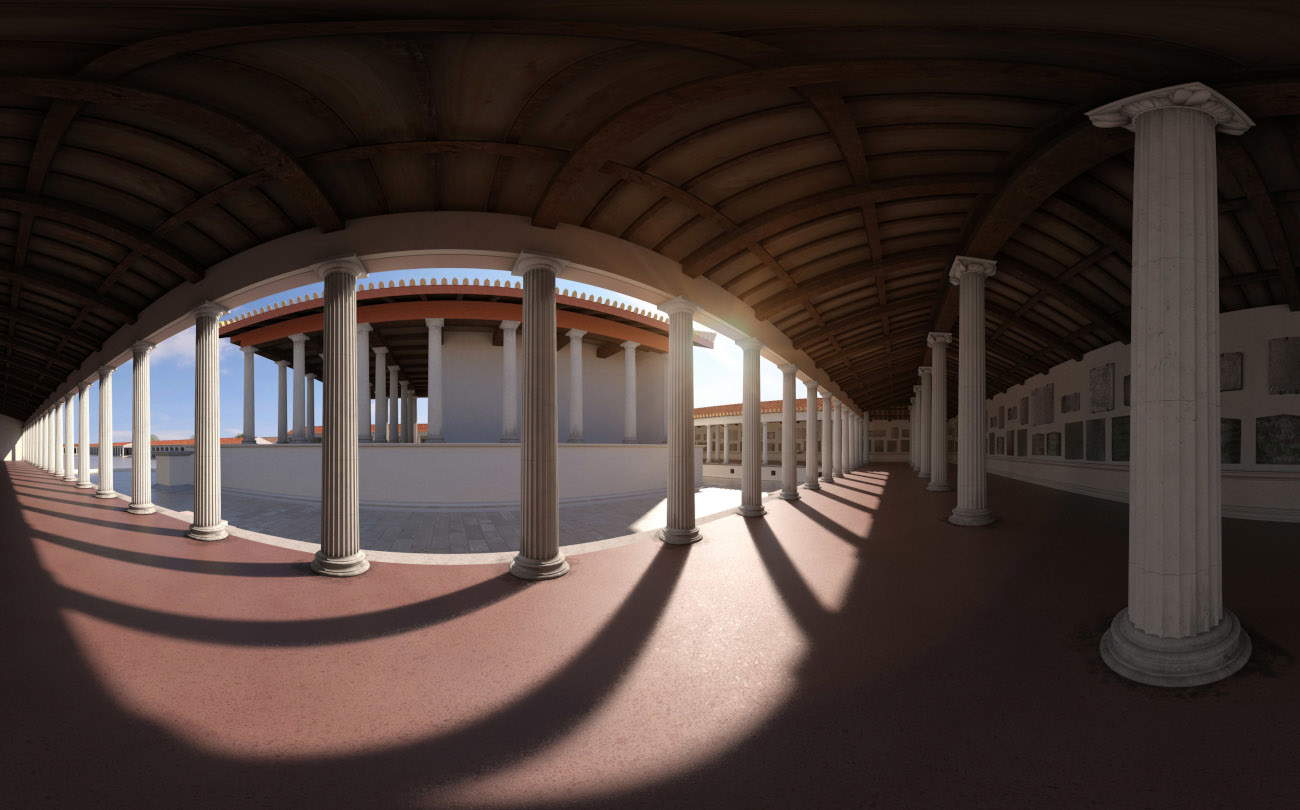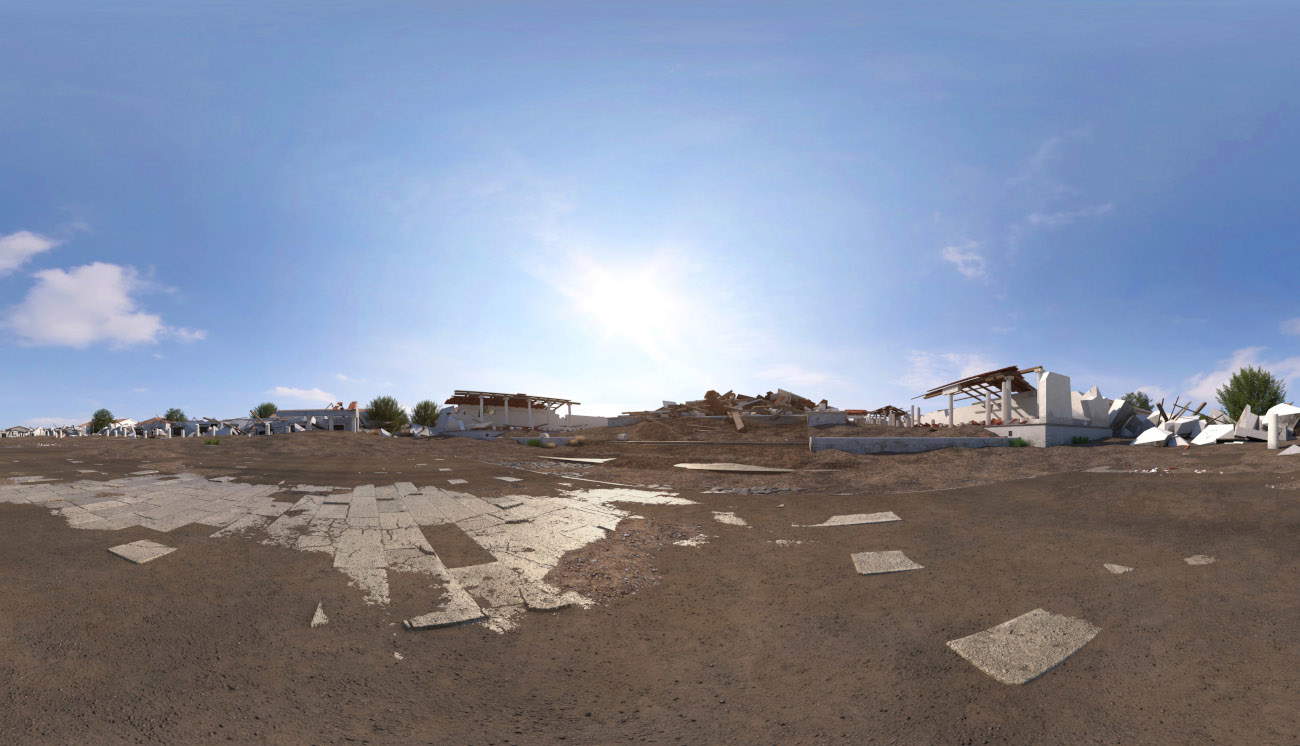Verona Time Machine - The Capitolium in Augmented Reality, an innovative cultural tour designed to rediscover Roman Verona through Augmented Reality, has been launched. The project, co-funded with European funds from the Next Generation EU program under PNRR Mission 1, aims to enhance the city’s archaeological and historical heritage through advanced technological tools.
Conceived and curated by theArcheonaute Association of Verona in synergy with ARtGlass, a leading international company in the field of Augmented Reality for culture and tourism, the itinerary unfolds in an urban route of about 90 minutes. It touches seven significant sites in the historic center, following the ancient road system of the Roman city. The visual and narrative content was developed in close scientific collaboration with the Soprintendenza Archeologia, Belle Arti e Paesaggio for the provinces of Verona, Rovigo and Vicenza, which officially supported the initiative.
Thanks to state-of-the-art smartglasses, that is, transparent and lightweight multimedia glasses, participants will have the chance to live a unique immersive experience, witnessing the digital reconstruction of buildings, streets and monuments that today are partly disappeared or incorporated into the current urban fabric. Guiding the public along this journey will be specialized archaeologists from the Archeonaute Association, who will offer an original combination of technology, scientific knowledge and involvement, thanks in part to three-dimensional reconstructions.
The tour kicks off in Piazza delle Erbe, formerly the Roman forum and hub of public life, and ends in Corte Sgarzerie, where the excavations of the Roman Cryptoporticus are located. The absolute protagonist of the tour is the Capitolium, the main temple of Roman Verona, whose foundations are still visible underground. Through Augmented Reality and thanks to three-dimensional reconstructions curated by the experts of No Real Interactive, based on a model by Dario Gallina, it is possible to admire the ancient majesty of the temple, which stood on the site where Palazzo Maffei, overlooking the square, stands today. Supporters of the project include the City of Verona and the Maffei Restaurant, from which one can directly access the foundations of the Capitolium.

The tour is available by reservation only and costs 20 euros per person. It is available in Italian and English and is divided into seven main stages: it starts with the first two in Piazza delle Erbe, then moves to Piazzetta Monte and allows visitors to rediscover the immense square in front of the temple dedicated to Minerva, Jupiter and Juno. The route continues in Via Mazzanti, where the ancient decumanus maximus once ran, and reaches the intersection with Corso Sant’Anastasia, from which the triporticus of the Capitolium, used as a public archive, was accessed in today’s Vicolo Raggiri. Finally, in Via Emilei, smartglasses allow visitors to visualize the original appearance of the entrances to the Cryptoporticus of Corte Sgarzarie, the final stage of the experience.
“We decided to combine the innovation of Augmented Reality and an unprecedented experience in Veneto with the human component of our guides,” explains Annarosa Tricomi, representative of the Archeonaute Association, “because we firmly believe that the winning combination in the new cultural tourism is precisely that between the physical and digital dimensions. In fact, it will be the guide, based on the narrative and the moment, who will decide which immersive scenarios to show visitors, literally sending on the smartglasses the contents, thanks to a software created ad hoc by ARtGlass. The additional valuable aspect is that the content will be customized based on the visitor’s preferred language and specific sensory needs, making the experience accessible and inclusive.”
“This project required a unique combination of skills and professionalism working in synergy,” adds Michela Pasqualini, project manager of ARtGlass. “In fact, to the research work of the archaeologists was added that of experts in 3D reconstructions and specialized authors who were faced with the challenge of a tour that transforms the city center into an open-air museum.”
“Adding value to the project,” concludes Annarosa Tricomi, “is the collaboration born from the networking of Verona Time Machinecon other partner projects supported by PNRR at prestigious sites such as the National Archaeological Museum of Verona, the historic center of Turin, and the Rocca di Lonato del Garda. A collaboration that will allow us to activate co-marketing initiatives, exchange of best practices and knowledge, to advance together towards an innovative dimension of culture and participation.”



 |
| In Verona, a guided tour makes people rediscover the Roman city through Augmented Reality |
Warning: the translation into English of the original Italian article was created using automatic tools. We undertake to review all articles, but we do not guarantee the total absence of inaccuracies in the translation due to the program. You can find the original by clicking on the ITA button. If you find any mistake,please contact us.